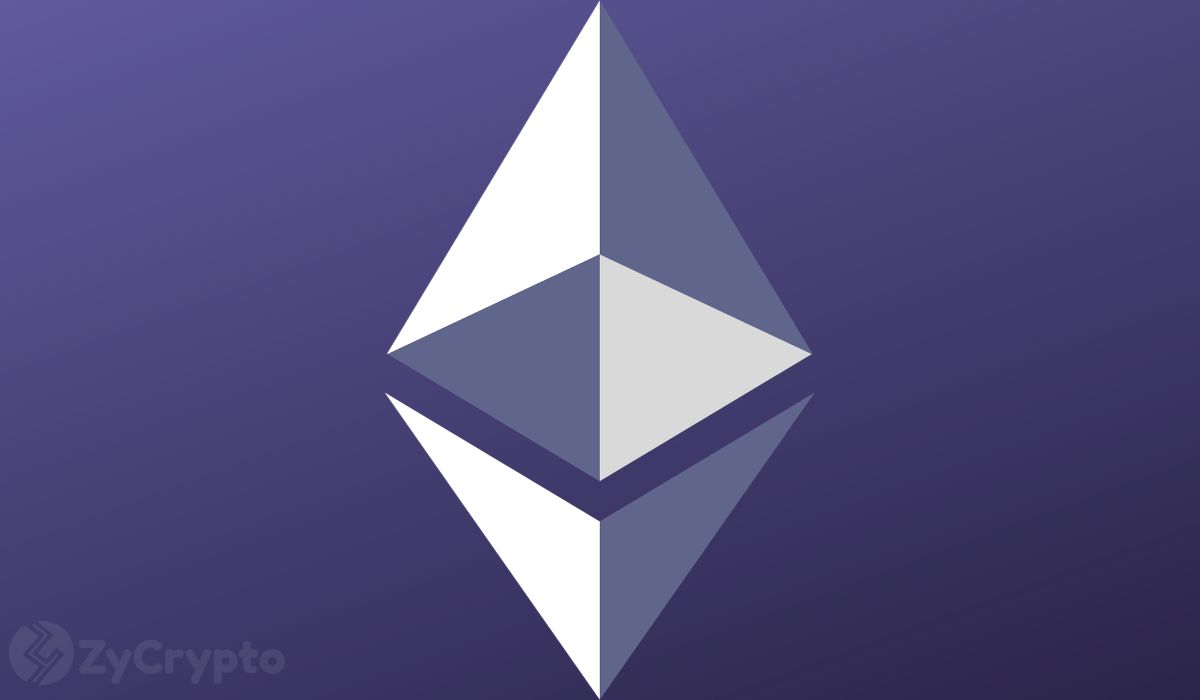Vitalik Buterin Says “Good Social Philosophy” is Needed for the Upper Layers of Ethereum
0
0

Vitalik Buterin, Ethereum co-founder, argued that “good social philosophy” is needed for the upper application layer regarding Ethereum and not so much on the lower infrastructure layer. He reasons that apps built on the upper layer reflect the developer’s motives, philosophy, ethics, and worldview. The lower layer, although influenced by these factors, is not as much because the infrastructure layer must be abstract enough to run many apps.
Buterin, by analogy, compares C++ with Ethereum, pointing out that C++ would remain the same regardless of whether there was good social philosophy or otherwise. However, with Ethereum, good social ideas, such as environmental concerns, spurred many Proof of Stake technologies when most people were preoccupied with Proof of Work. Along these lines, he concluded that the lower layer is about 50% general purpose, whereas the upper app layer is about 80% special purpose. Buterin then argued that your worldview more influences apps and should be the focus of good social philosophy. When asked about the apps with bad social philosophy, Buterin said FTX, Lunar Terra labs, and pump.fun.
Ethereum’s official account on X raised the question of the network’s ethos and what the apps best represented this ethos. However, community support for this idea was limited, with many people expressing annoyance that Ethereum was focusing on philosophy rather than Layer 1 bread-and-butter problems such as scalability, transaction fees, and network speed. The question then becomes, what comes first, philosophy or technology? Many in the community believe that more people will adopt cypherpunk ideas if the technology works well.
Buterin gave examples of good and bad philosophies impacting crypto projects. Polymarket, a good example, started with predicting elections but then moved on to bigger and better things, using the prediction market to improve scientific research. Pump. Fun, a bad example, launched meme coins but doesn’t seem to progress any further, merely supporting rug pulls on the Solana network. Meanwhile, many critics of Ethereum suggest that Solana may soon overtake the token.
Pump.fun has recently experienced much chaos, supporting Buterin’s argument. The Solana-based memecoin platform started as a good idea, allowing individuals to make community tokens. However, it soon got out of hand, with people livestreaming all sorts of degrading stunts. However, one could say the same about Ethereum, at least at one point, having the most Ponzi schemes on the crypto market. However, an Ethereum-based Ponzi token would be on the app layer, thus proving Buterin’s point that the app layer is most vulnerable to the developer’s worldview and social philosophy.
0
0
 Manage all your crypto, NFT and DeFi from one place
Manage all your crypto, NFT and DeFi from one placeSecurely connect the portfolio you’re using to start.






